Welcome to one of the most active flamenco sites on the Internet. Guests can read most posts but if you want to participate click here to register.
This site is dedicated to the memory of Paco de Lucía, Ron Mitchell, Guy Williams, Linda Elvira, Philip John Lee, Craig Eros, Ben Woods, David Serva and Tom Blackshear who went ahead of us.
We receive 12,200 visitors a month from 200 countries and 1.7 million page impressions a year. To advertise on this site please contact us.
|

|
|
Transcription and Creativity - Best/easiest Programs
|
You are logged in as Guest
|
|
Users viewing this topic: none
|
|
Login  | |
|

   
Romerito
Posts: 47
Joined: Jan. 18 2023

|
 Transcription and Creativity - Best/... Transcription and Creativity - Best/...
|
|
|
This is the first of 3 falsetas por bulerias from Tomatito and Los Tomate (Nino Miguel, Tomatito, Nino Josele). Unfortunately, music software sucks and the learning curve for each is formidable, especially if you want to make semi-professional quality transcriptions.
This is from a transcribed set that also includes the whole of Nino Josele's Estirpe and a couple of Nino Miguel falsetas Trying to notate fingerings for rajeos is especially difficult.
You would think that Finale would have this figured out after nearly 20 years. Anyway, my workaround is to use the text tool. PIMAX indicates downward strokes while pimax indicates upward. This solves the problem of having to indicate right-hand fingerings and direction arrows, but adds the problem of what to do with single-finger non-rajeo notation. The system would also work for alzapua, but then, to be consistent, all regular thumb strokes would be indicated by a capital "P" and regular fingering strokes for the rest of the hand would be indicated in miniscule.
For people that just want transcriptions, do you follow fingerings, or is it a waste of time for the transcriber to go into so much detail. Do you just want the notes and possibly left hand fingerings and strings, or does more detail help?
Any ideas on other programs or transcription in general are welcome.
I have included the falseta. Let me know what you think.
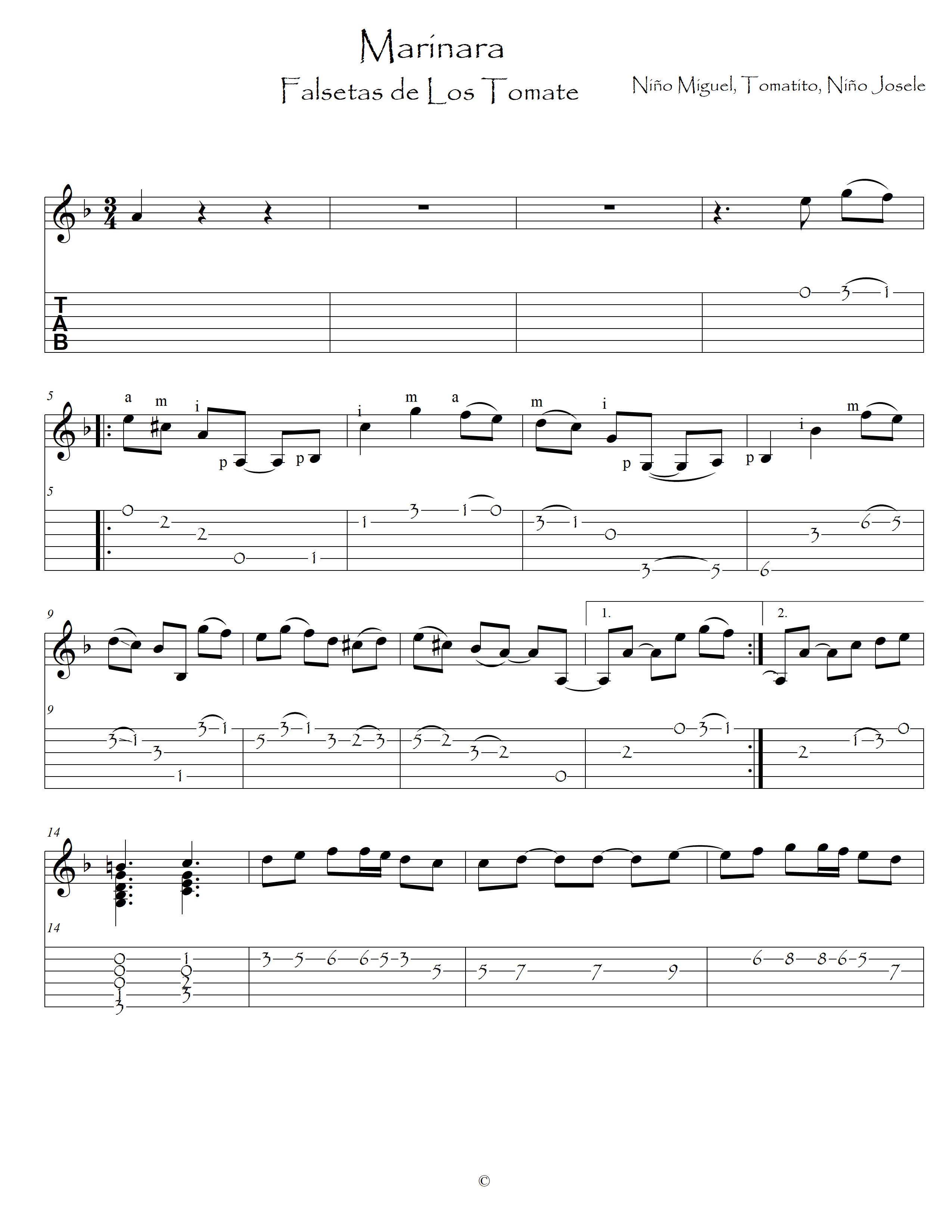
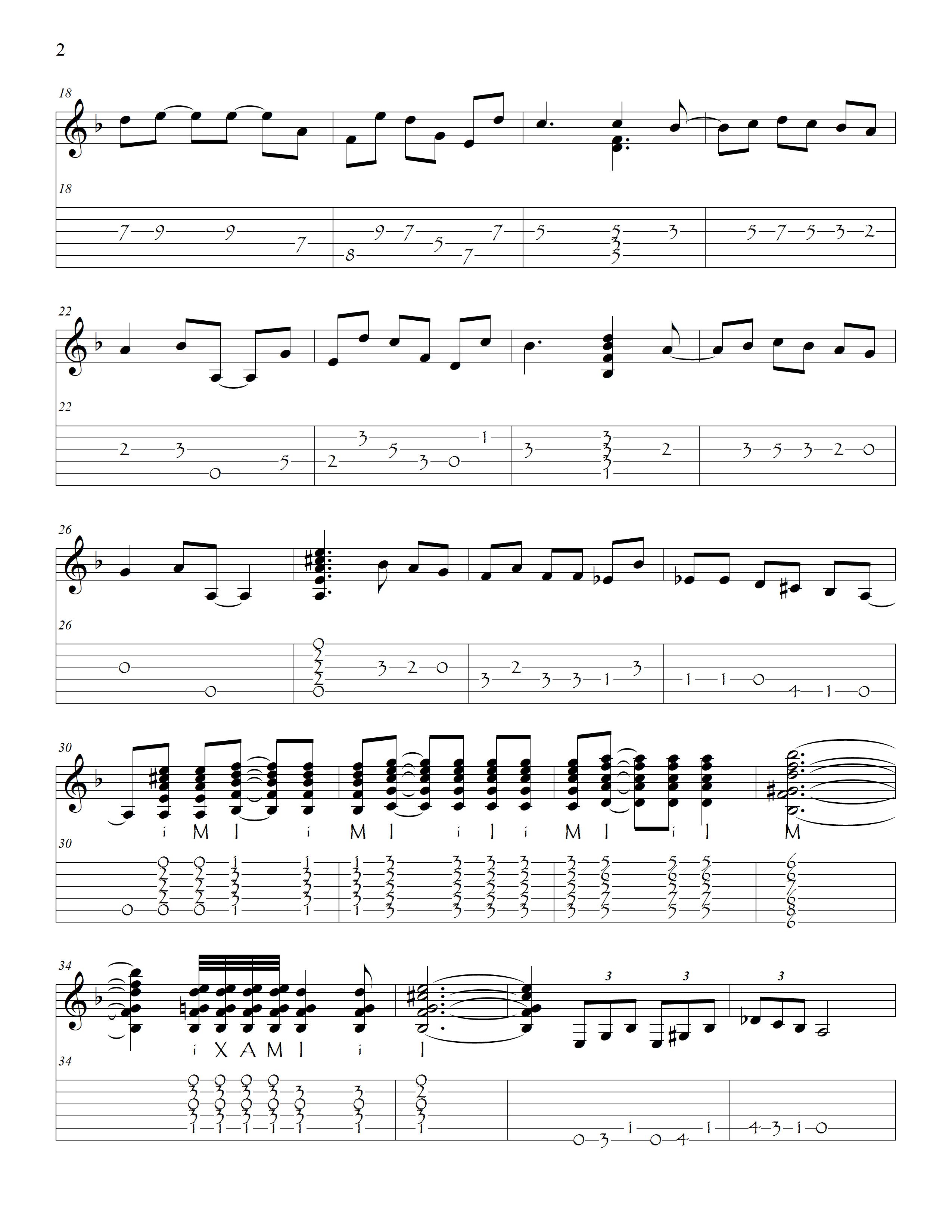
Also raises the issue of the so-called Etouffe. In mm.32 Tomatito strums that first stroke while muted, the following strum is a p down-stroke that is also slightly muted.
I am changing it to "E" for the first mute down-stroke with either "E" or "I" and then P down.
The problem is that this then becomes "my" transcription solution and requires a key to all the symbols. "Goddammit Finale, get with some guitarists to problem solve for them!!!"
Anyone have a favorite transcription tool or any commentary on the process?
Images are resized automatically to a maximum width of 800px
 Attachment (3) Attachment (3)
|
|
|
|
REPORT THIS POST AS INAPPROPRIATE |
Date May 13 2024 22:07:32
 |
|

   
xirdneH_imiJ
Posts: 1900
Joined: Dec. 2 2006
From: Budapest, now in Southampton

|
 RE: Transcription and Creativity - B... (in reply to Romerito) RE: Transcription and Creativity - B... (in reply to Romerito)
|
|
|
I'm the guy behind TabsFlamenco and I've had to face these (and many more) questions over the years. I exclusively use Guitar Pro for transcriptions and it really has nearly everything you need except one or two flamenco specific tools that would be nice to have but ultimately nobody else would ever use them.
You obviously have the option to mark fingerings on both hands using their tool, but both as a transcriber and a consumer I find it a tremendous waste of time, because 1. it places the text in a way that it's difficult to read, 2. it takes a lot more time to input. Therefore I'm a big believer in text input.
Another thing is that I would assume (and I know often that is not the case) is that somebody purchasing a transcription of some complexity at least has a basic knowledge of techniques in flamenco, or at least some common sense. In the 5th measure you mark the a-m-i-p, but realistically what else could it be? If I were to mark all these instances, creating every transcription would take twice-thrice the amount of time, it would also make the tab much harder to read because of all the clutter. My solution is to mark everything where there could be a question mark, typically rasgueados. Even then, I will only mark them once and then you can assume that all similar phrases will be played with the same technique. If not, I'll mark them again.
I also use the up and down arrows fairly often, like a P↓mP rasgueado or an amii↓, etc. I mark regular golpes with an x (even though the newer GP versions already have a golpe in them), the ones above the low bass I mark with xx. The muted strums you mention I either mark with xxxxx over the strings, or I put the chord in brackets, depending if it's a complete mute, or you can make out the notes.
I hope this helps!
|
|
|
|
REPORT THIS POST AS INAPPROPRIATE |
Date May 14 2024 17:23:44
 |
|
 New Messages New Messages |
 No New Messages No New Messages |
 Hot Topic w/ New Messages Hot Topic w/ New Messages |
 Hot Topic w/o New Messages Hot Topic w/o New Messages |
 Locked w/ New Messages Locked w/ New Messages |
 Locked w/o New Messages Locked w/o New Messages |
|
 Post New Thread
Post New Thread
 Reply to Message
Reply to Message
 Post New Poll
Post New Poll
 Submit Vote
Submit Vote
 Delete My Own Post
Delete My Own Post
 Delete My Own Thread
Delete My Own Thread
 Rate Posts
Rate Posts
|
|
|
Forum Software powered by ASP Playground Advanced Edition 2.0.5
Copyright © 2000 - 2003 ASPPlayground.NET |
0.078125 secs.
|


 Printable Version
Printable Version







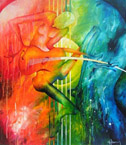

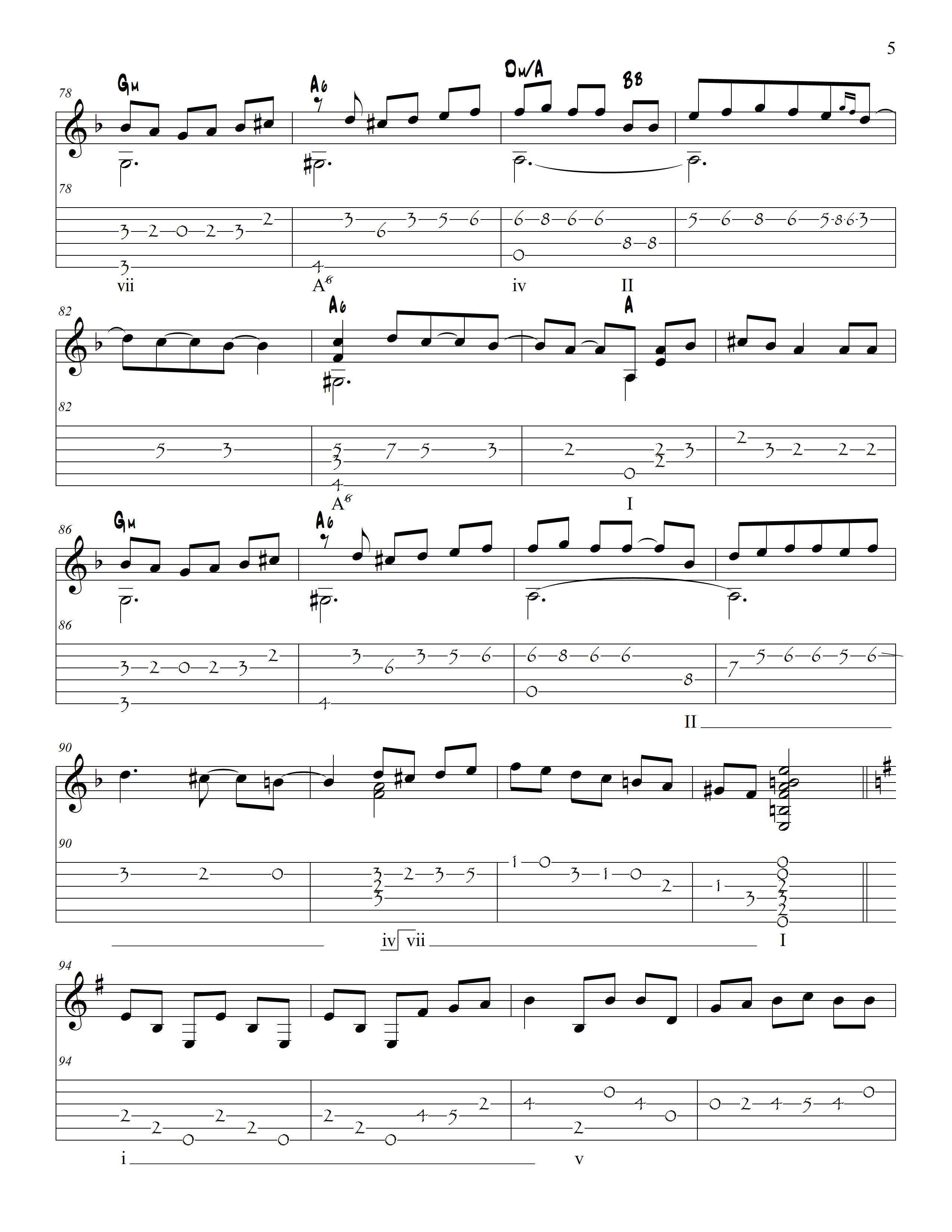
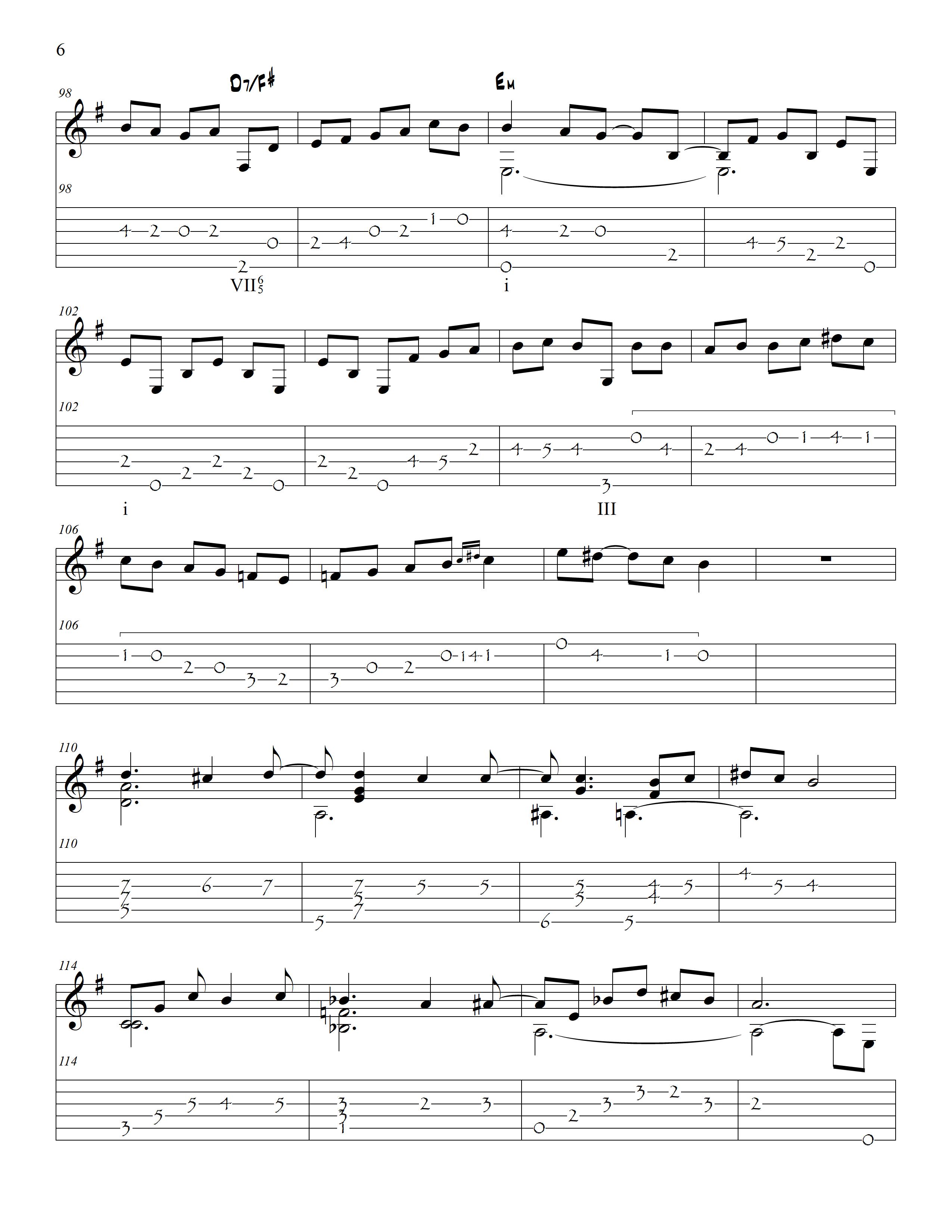

 New Messages
New Messages No New Messages
No New Messages Hot Topic w/ New Messages
Hot Topic w/ New Messages Hot Topic w/o New Messages
Hot Topic w/o New Messages Locked w/ New Messages
Locked w/ New Messages Locked w/o New Messages
Locked w/o New Messages Post New Thread
Post New Thread